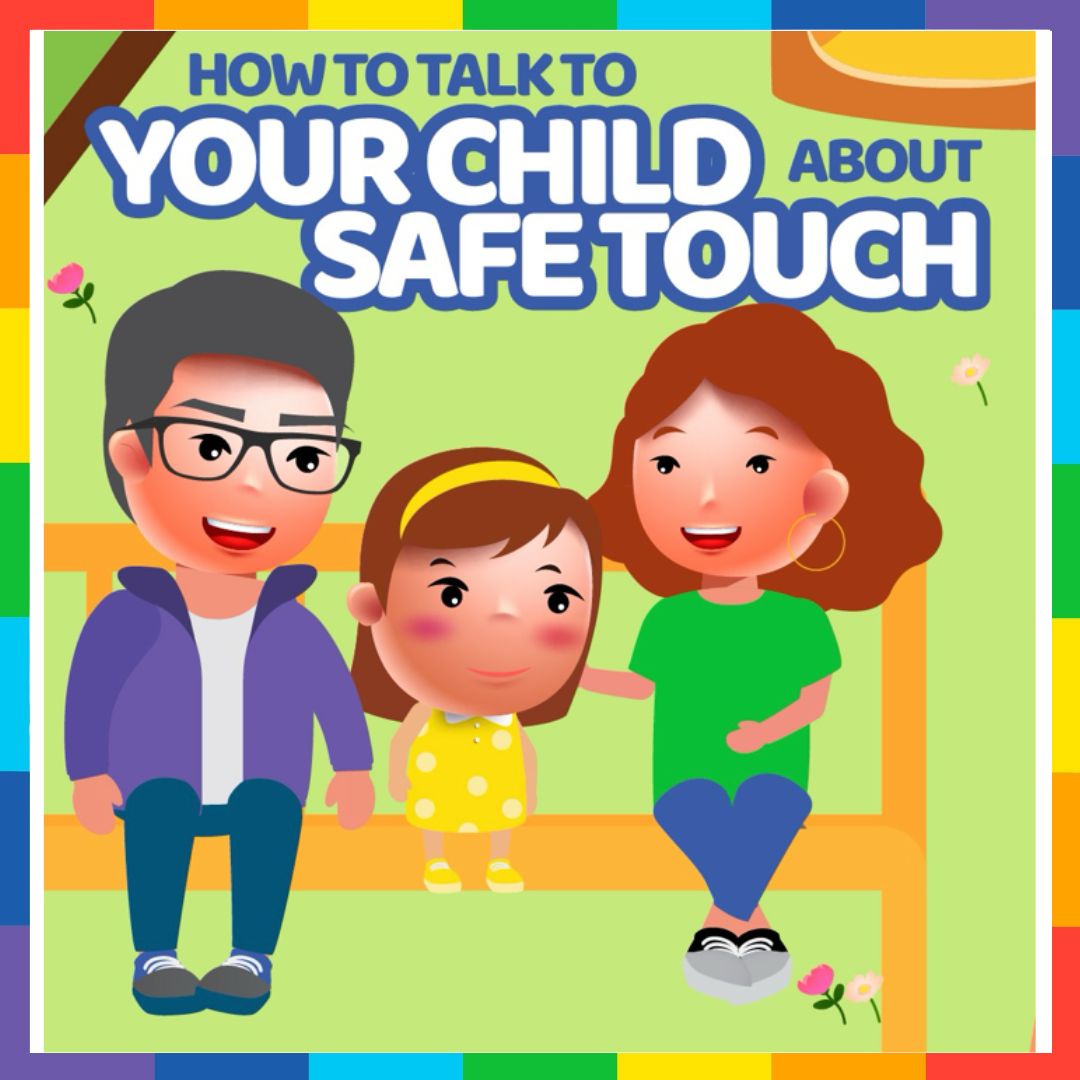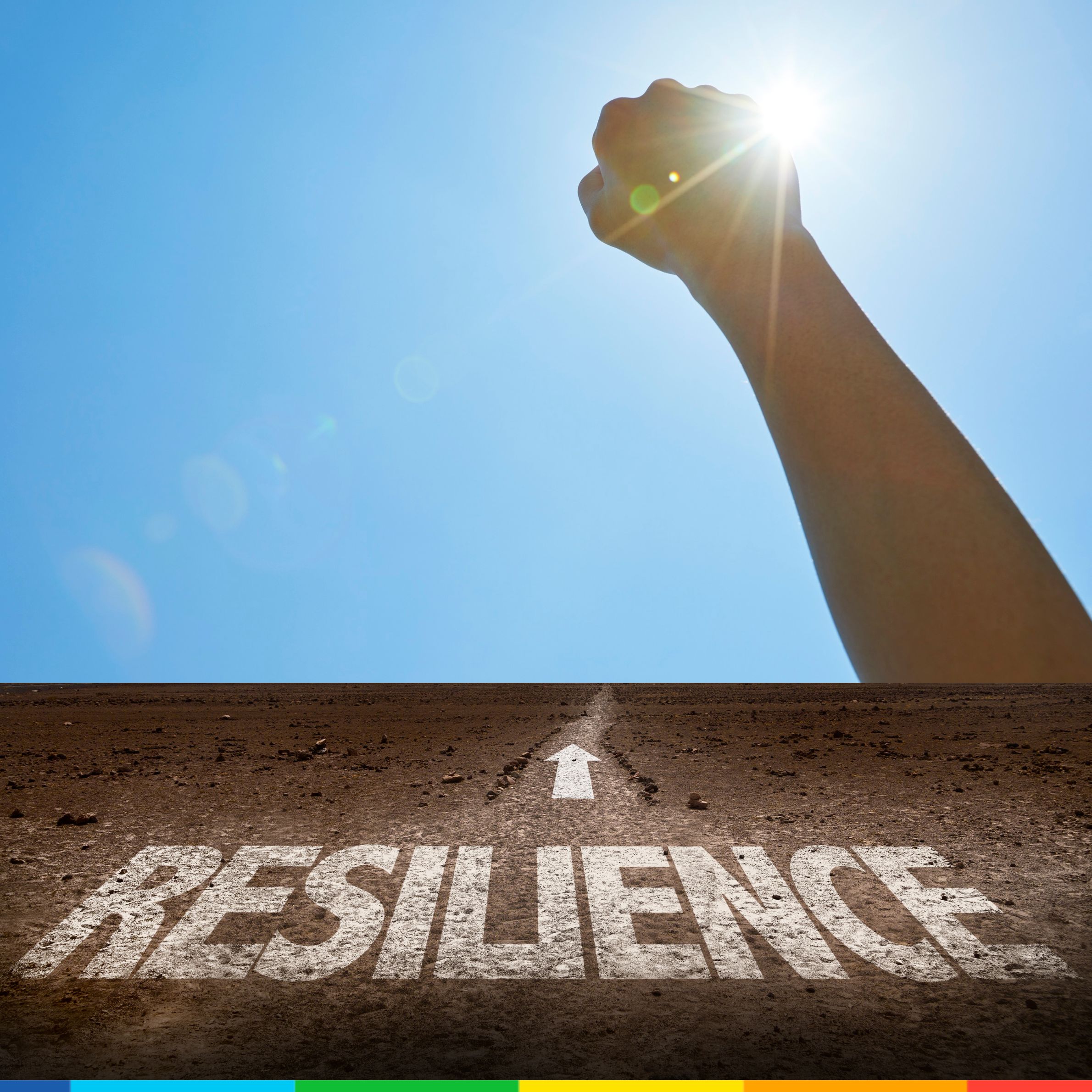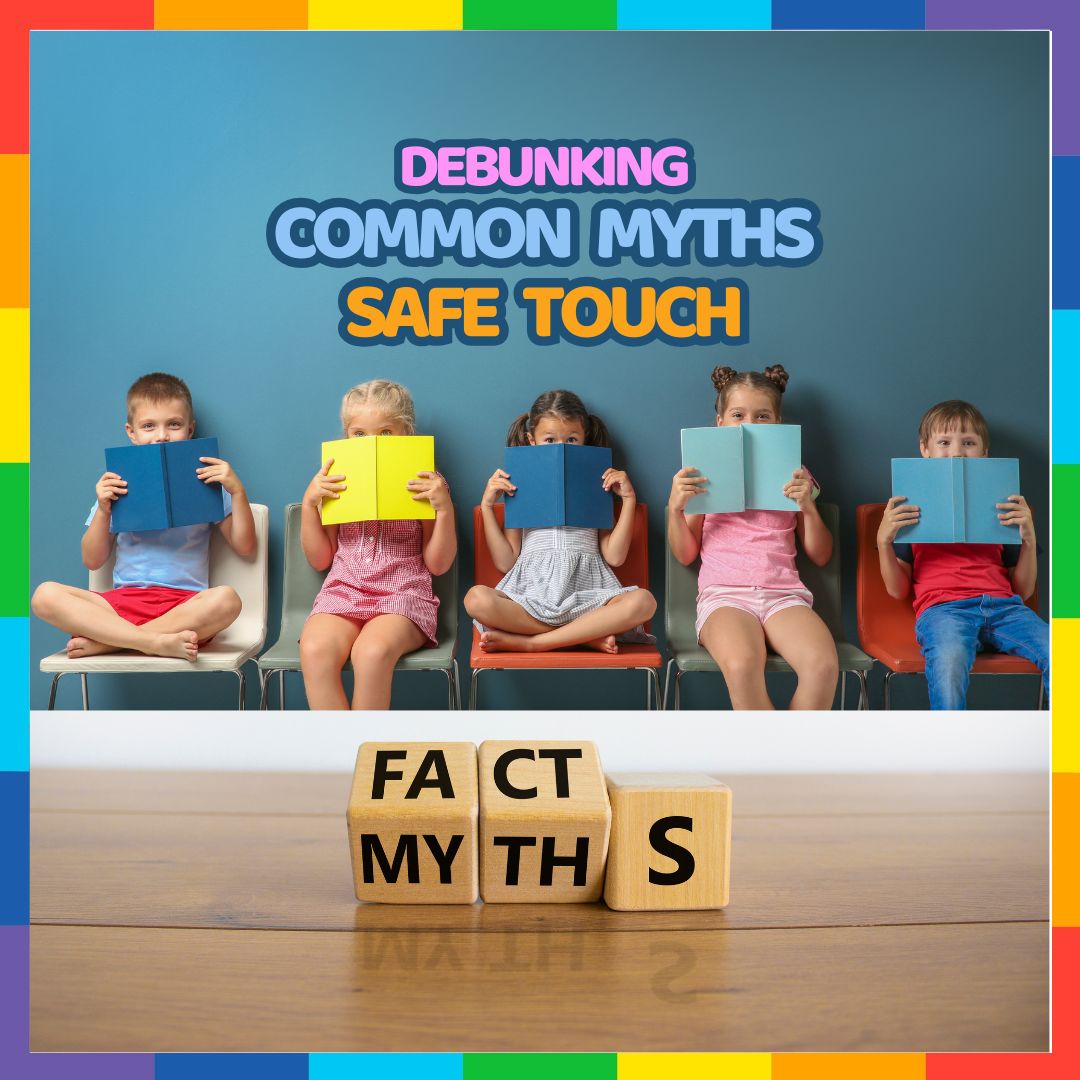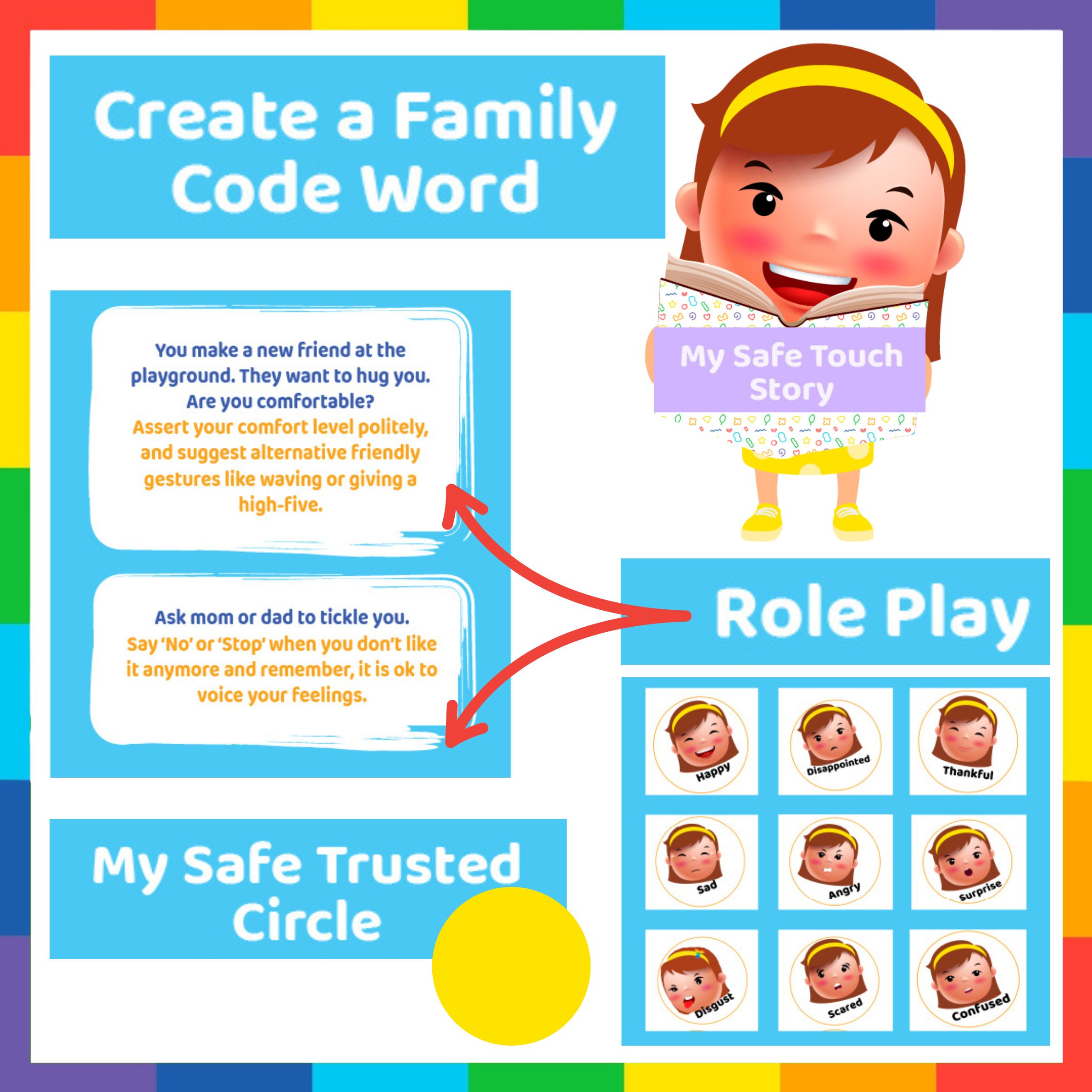
Quick Bites
Safe Touch: What are Some Simple Conversation Starters?
February 13, 2025
Related
Topics

Hey
-

Resilience-Building – Easy Checklist for Kids of All Ages
August 13, 2025
-

-

How to Ensure Body Safety of Your Kids? – Summary
February 27, 2025
-

Debunk Common Myths About Safe Touch: Know the Truth
February 23, 2025
-

How to Reinforce Body Safety and Consent?
February 16, 2025
Ready for more?
Hey
Sign up for Rainbow Kiddies newsletters for more stories and updates
Let us quickly take you through some important pointers that could be used for starting conversing about safe touch with your child. Also understand why it is important to refer to it as safe/ unsafe touch instead of good/ bad touch. Children should not misunderstand everything that makes them feel good as safe/ good touch. Touching private parts might actually make them feel good sometimes. So, it is important to let them know that a touch that makes them feel uncomfortable or confused is what an unsafe touch is. So, to start off, let us always remember to name it right for them.
Safe Touch – General Starters
- “Do you know what safe touch means?“
- A simple way to start the conversation and gauge what the child already knows.
- “Have you ever felt uncomfortable when someone touched you? You can always tell me if you do.”
- Encourages children to share their feelings and experiences.
- “Our bodies are special and belong to us. So, do you know what parts of your body are private?”
- Opens the door to discussing private parts and boundaries in a straightforward way.
- “Your body belongs to you, and you have the right to decide who can touch it. Let’s talk about the different kinds of touches and how they might make you feel.”
- Talks about body privacy, physical boundaries, feelings, and their right to defend themselves.
- “It’s important to know the difference between safe touch and unsafe touch. Then, would you like to learn about it?”
- Further makes the topic engaging and provides an opportunity for education.
Using Everyday Moments to Talk About Safe Touch
- During Bath Time: “We touch your private parts to clean them only, and no one else should unless it’s to help you if you’re hurt or sick. For example a doctor, but again if a doctor has to check your private parts they should first ask us and also do the checkup in our presence. Did you know that?”
- Links the discussion to a routine activity for better understanding.
- While Dressing: “You know how we wear swimsuits to cover certain parts of our body? Those are private parts, and only you should have control over them.”
- After a Story or TV Show: “The characters in that story had to set some boundaries. Also, how do you think we can say ‘no’ if someone makes us uncomfortable?”
Empowering Phrases
- “You have the right to say ‘no’ if you don’t like something, even if it’s a hug from someone you know.”
- Reinforces the importance of consent.
- “If someone ever asks you to keep a secret about touching you that makes you feel weird or uncomfortable, it’s okay to tell me. I’ll always listen and can also help you.”
- Builds trust and a safe space for sharing.
- “If someone touches you in a way that feels wrong, what would you do? Then let’s practice saying ‘no’ loudly.”
- Prepares the child with practical responses.
- “If someone tries to grab or force you, shout our for help, run, kick and get out of the place.”
- Prepares the child to flee from dangerous situations.
- It’s okay to say ‘no’ to any touch that makes you feel uncomfortable, even if it’s from someone you know. Let’s practice saying ‘no’ together then.”
- “If someone tries to touch your private parts or asks you to touch theirs, what would you do? Let’s also talk about how to handle such situations.”
- Guide them to run to safety, or say “no” assertively. They should also be advised to talk about such incidents to the parents or someone else that they trust.
- “Even if someone says it’s a game, if it involves touching private parts, it’s not okay. You can always say ‘no’ and tell a trusted adult.”
- “Your feelings are important. If a touch makes you feel scared, confused, or uncomfortable, it’s important to talk about it with me or another trusted adult.”
Fun and Relatable Starters

- “Did you know your body has rules, just like your toys? Let’s talk about your body rules.”
- Makes the topic relatable to their world. Use the swimsuit picture to explain which parts of our body are private. Help them name their private parts properly instead of use nicknames, so they will open up about abuse or other health concerns/ queries in those areas. On the other hand, if you don’t name them. they will grow up thinking these are taboo topics. Don’t let that happen to the future generations.
- “Our bodies are like castles, and we are the kings or queens. So, only people we trust can come into our castle. What do you think about that?” OR “Our bodies have safe bubbles that protect us from intruders. Hence, only people we fully trust can come inside our bubble. Isn’t that good to know?”
- Uses imaginative play to explain boundaries.
Teaching Safe Adults
- “If you ever feel scared or unsure, who are the adults you can trust to talk to?”
- Helps children identify their safe circle.
- “Some touches, like a doctor’s, are okay because they are helping you. But they should always explain and ask first. Also you should have someone that you trust alongside if the doctor needs to checks your private parts. Does that make sense?”
- Differentiates safe and unsafe scenarios also.
- “If someone touches you in a way that makes you feel uncomfortable or ‘icky,’ it’s important to tell a trusted adult right away. So, can you think of adults you trust?”
- “There are safe touches that make us feel safe and loved, like hugs from family. But some touches are not okay. Can you tell me about a safe touch you’ve received?”
- “Let’s come up with a family password. If someone says they’ve been sent to pick you up, they should know the password. This helps keep you safe.”
Provide Reassurance Always
“You can always tell me anything, no matter what. I will always believe you and help you.”
- Builds trust and reassures the child that they are supported.
Read our story with your kid or watch this video with them – the best conversation starters that you ever needed.
Reference:
Talking to You Child About Relationships and Sexual Health | UNICEF
Want Rainbow Kiddies' updates sent straight to your inbox? And also get a surprise welcome gift!

